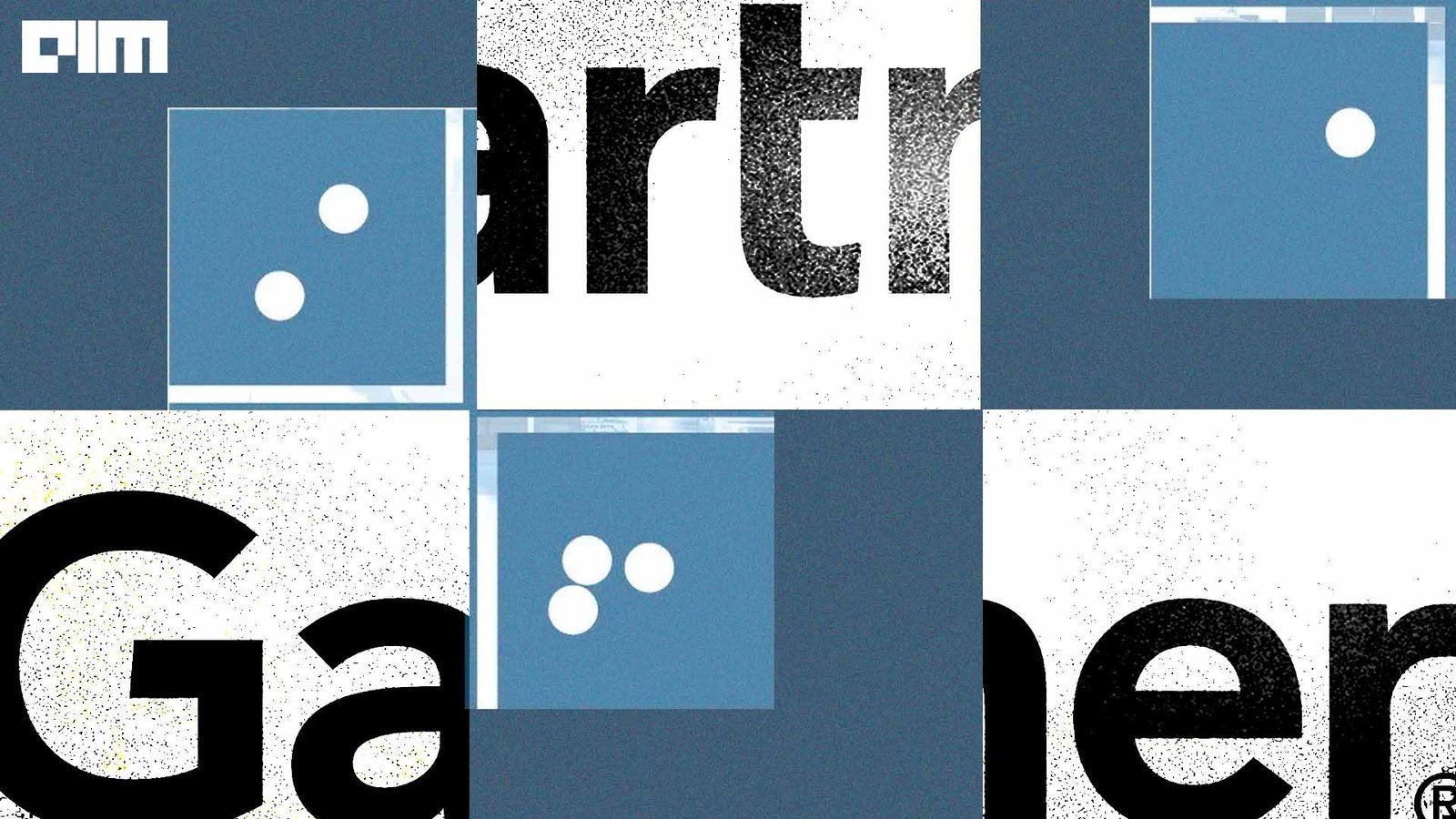Jobs & Careers
Uber Users Can Soon Book Electric Air Taxis Through the App

Uber is preparing to expand its travel options by adding air mobility services to its app, through a new partnership with Joby Aviation. The move follows Joby’s acquisition of Blade Air Mobility’s passenger business in August, paving the way for Blade flights to be integrated into Uber as soon as next year.
Blade claims that it has been a key player in short-distance air travel, flying more than 50,000 passengers in 2024 across routes in New York and Southern Europe. By combining this network with Uber’s global platform, the companies aim to deliver a seamless experience for customers looking to move quickly between airports, city centres and other high-traffic destinations.
Andrew Macdonald, president and COO of Uber, said in a statement that the deal builds on a long-standing belief at the company.
“Since Uber’s earliest days, we’ve believed in the power of advanced air mobility to deliver safe, quiet and sustainable transportation to cities around the world,” he said.
“By harnessing the scale of the Uber platform and partnering with Joby, we’re excited to bring to our customers the next generation of travel.”
Uber’s ties to the sector date back to 2019, when it began collaborating with Joby to shape urban air mobility. In 2021, Joby acquired Uber’s Elevate division, which helped create tools for market selection and multi-modal transport.
Joby now plans to use Blade’s infrastructure and decade of operational experience to accelerate the launch of its own electric air taxi service in global markets, including Dubai, New York, Los Angeles, the United Kingdom and Japan.
The integration of Blade now should set the stage for the eventual rollout of Joby’s own zero-emissions air taxi, designed to carry four passengers and a pilot at speeds of up to 200 miles per hour (321 kmph).
For Uber, the deal extends its multi-modal vision, placing helicopters and electric air taxis alongside cars, bikes and deliveries.
The post Uber Users Can Soon Book Electric Air Taxis Through the App appeared first on Analytics India Magazine.
Jobs & Careers
Alibaba Introduces Qwen3-Next as a More Efficient LLM Architecture

Alibaba’s Qwen team has introduced Qwen3-Next, a new large language model architecture designed to improve efficiency in both training and inference for ultra-long context and large-parameter settings.
At its core, Qwen3-Next combines a hybrid attention mechanism with a highly sparse mixture-of-experts (MoE) design, activating just three billion of its 80 billion parameters during inference.
The announcement blog explains that the new mechanism allows the base model to match, and in some cases outperform, the dense Qwen3-32B, while using less than 10% of its training compute. In inference, throughput surpasses 10x at context lengths beyond 32,000 tokens.
Two post-trained versions are being released: Qwen3-Next-80B-A3B-Instruct and Qwen3-Next-80B-A3B-Thinking. The Instruct model performs close to the 235B flagship and shows clear advantages in ultra-long context tasks of up to 2,56,000 tokens. The thinking model, aimed at complex reasoning, outperforms mid-tier Qwen3 variants and even the closed-source Gemini-2.5-Flash-Thinking on several benchmarks.
Among the key technical innovations are Gated DeltaNet mixed with standard attention, stabilised training via Zero-Centred RMSNorm, and Multi-Token Prediction for faster speculative decoding. These designs also address stability issues typically seen in reinforcement learning training with sparse MoE structures.
Pretrained on a 15-trillion-token dataset, Qwen3-Next demonstrates not just higher accuracy but also efficiency, requiring only 9.3% of the compute cost of Qwen3-32B. Its architecture enables near-linear scaling of throughput, delivering up to 7x speedup in prefill and 4x in decode stages at shorter contexts.
The models are available via Hugging Face, ModelScope, Alibaba Cloud Model Studio and NVIDIA API Catalog, with support from inference frameworks like SGLang and vLLM. According to the company, this marks a step towards Qwen3.5, targeting even greater efficiency and reasoning capabilities.
Jobs & Careers
Sovereign AI, AI Agents to Dominate Government Adoption Within Five Years: Gartner Report

Sovereign AI and AI agents are set to play a major role in government AI adoption over the next two to five years, according to Gartner, Inc. The two technologies have reached the “Peak of Inflated Expectations” in the 2025 Gartner Hype Cycle for Government Services.
“Public sector leaders face mounting pressure to meet rising citizen expectations, navigate geopolitical uncertainty and do more with less resources,” said Dean Lacheca, VP Analyst at Gartner.
“AI agents can address these challenges, but success will depend on bridging the gap between innovation ambitions and broader government priorities to ensure investments strengthen services, trust and resilience.”
Gartner forecasts that by 2028, 65% of governments worldwide will introduce technological sovereignty requirements to improve independence and guard against extraterritorial regulatory interference.
By 2029, 60% of agencies globally are expected to use AI agents to automate more than half of citizen transactional interactions, up from less than 10% today.
Prompt engineering is also identified as a near-term technology, expected to reach mainstream adoption in the next two to five years.
“Governments are investing in AI solutions that work best when users create clear context-specific prompts,” Lacheca said. “They shouldn’t invest in AI solutions if they’re not willing to invest in the development of strong prompt engineering capabilities within their organisations.”
Machine customers, or nonhuman economic actors that purchase goods and services, are projected to grow from three billion B2B internet-connected machines today to eight billion by 2030. Governments will need to authenticate, provide services, and regulate these entities.
Lacheca noted, “Government leaders need to identify where adoption of machine customers by citizens and industries will require the reimagination of regulatory enforcement and service delivery.”
The Gartner Hype Cycle illustrates the maturity and adoption of emerging technologies and their potential to solve public sector challenges. Clients can access further insights in the report Hype Cycle for Government Services, 2025.
The post Sovereign AI, AI Agents to Dominate Government Adoption Within Five Years: Gartner Report appeared first on Analytics India Magazine.
Jobs & Careers
[Exclusive] Govt to Select BharatGen, Fractal in Phase 2 of IndiaAI Mission

BharatGen is likely to be selected for the second phase of the IndiaAI Mission, marking a significant boost for its efforts to build open-source foundational models for Indian developers and researchers, sources in the department of science and technology told AIM.
According to sources, IndiaAI Mission will announce the move next week in an event in New Delhi, alongside the announcement of seven other firms, including Fractal, for building India’s foundational AI models.
In May, Mumbai-based Fractal launched its open-source LLM, Fathom-R1-14B. The company claimed that the model delivers mathematical reasoning performance that surpasses o1-mini and o3-mini, and approaches o4-mini levels, all at a post-training cost of just $499. The company is slated to go for an IPO later this year.
The selection would place BharatGen and Fractal alongside Soket AI, Gnani.ai, Gan.AI, and Sarvam AI, which were earlier chosen under the mission’s foundation model initiative.
The government’s push to create sovereign AI models is now widening, with BharatGen, funded by the department of science and technology, becoming the fifth player to take on the challenge.
It had launched its first foundational LLM, Param-1, in May 2025. Built entirely from scratch, the 2.9 billion parameter bilingual model featured 25% Indic data—far higher than global counterparts such as Meta’s Llama, which had just 0.01%.
The team, led by Prof Ganesh Ramakrishnan at IIT Bombay, also released 20 speech models across 19 Indian languages on AIKosha, targeting voice-first interfaces. “We have made significant technical progress, and the announcement of our models has already come from the DST secretary,” Ramakrishnan earlier told AIM. He said this while discussing the project’s rapid progress and growing role as a national AI mission.
The BharatGen consortium comprises IIT Bombay, IIT Kanpur, IIT Mandi, IIT Madras, IIT Hyderabad, IIIT Hyderabad, and IIM Indore.
Sarvam, the first to get selected under the IndiaAI Mission, is expected to launch its foundational model early next year.
The IndiaAI Mission, backed by the Ministry of Electronics and IT, has been ramping up both compute and model-building capacity. In May, the government announced that total GPU capacity under the IndiaAI Compute Pillar had expanded to 34,000, supported by a mix of public and private players.
Union IT Minister Ashwini Vaishnaw has repeatedly stressed that the goal for each selected team is to become a global top-five player in their chosen sector, whether in multilingual foundation models, speech AI, or multimodal applications.
The post [Exclusive] Govt to Select BharatGen, Fractal in Phase 2 of IndiaAI Mission appeared first on Analytics India Magazine.
-

 Business2 weeks ago
Business2 weeks agoThe Guardian view on Trump and the Fed: independence is no substitute for accountability | Editorial
-
Tools & Platforms1 month ago
Building Trust in Military AI Starts with Opening the Black Box – War on the Rocks
-

 Ethics & Policy2 months ago
Ethics & Policy2 months agoSDAIA Supports Saudi Arabia’s Leadership in Shaping Global AI Ethics, Policy, and Research – وكالة الأنباء السعودية
-

 Events & Conferences4 months ago
Events & Conferences4 months agoJourney to 1000 models: Scaling Instagram’s recommendation system
-

 Jobs & Careers2 months ago
Jobs & Careers2 months agoMumbai-based Perplexity Alternative Has 60k+ Users Without Funding
-

 Podcasts & Talks2 months ago
Podcasts & Talks2 months agoHappy 4th of July! 🎆 Made with Veo 3 in Gemini
-

 Education2 months ago
Education2 months agoMacron says UK and France have duty to tackle illegal migration ‘with humanity, solidarity and firmness’ – UK politics live | Politics
-

 Education2 months ago
Education2 months agoVEX Robotics launches AI-powered classroom robotics system
-

 Funding & Business2 months ago
Funding & Business2 months agoKayak and Expedia race to build AI travel agents that turn social posts into itineraries
-

 Podcasts & Talks2 months ago
Podcasts & Talks2 months agoOpenAI 🤝 @teamganassi

















